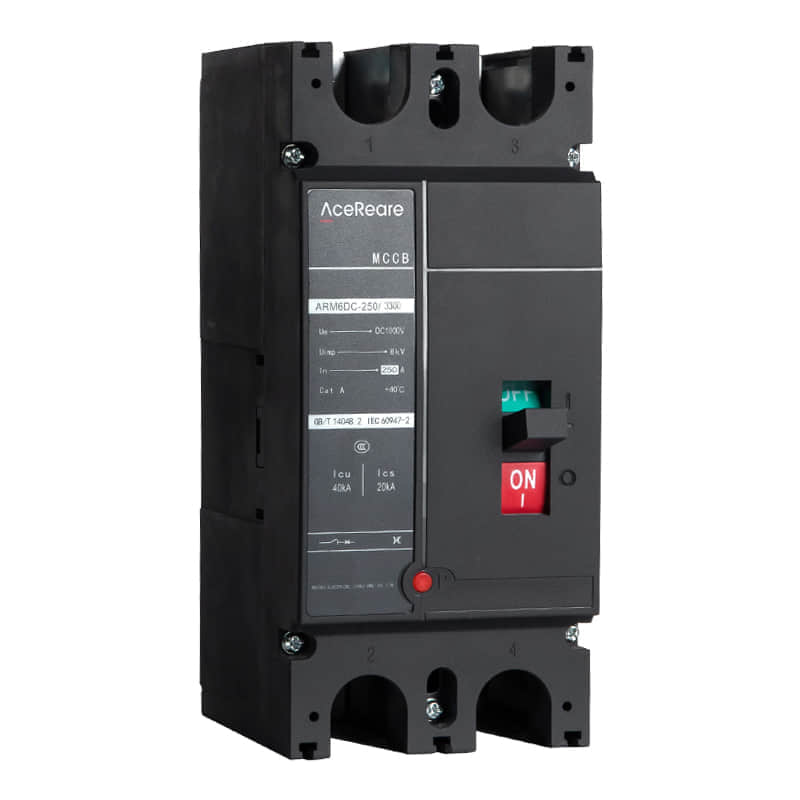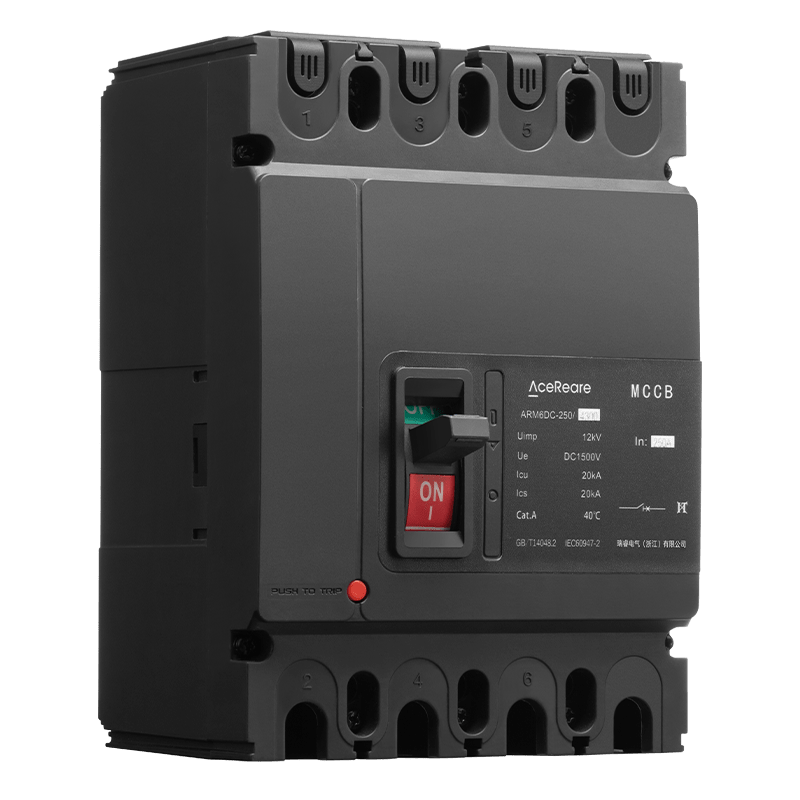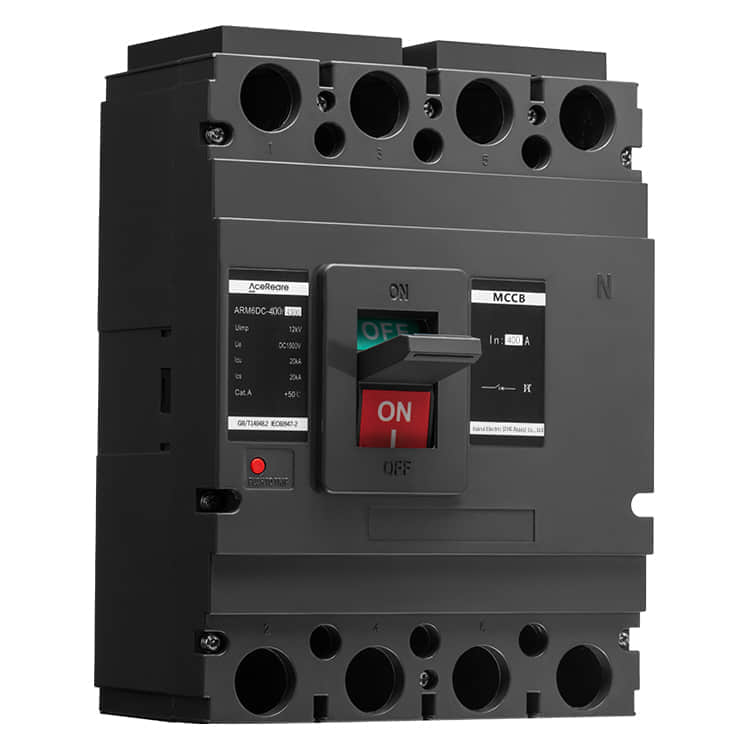Photovoltaic MCCB: A Catalyst for Solar Power Distribution

The global shift towards renewable energy sources has propelled the solar power industry into the spotlight. Photovoltaic (PV) systems, in particular, have gained immense popularity as a sustainable and clean energy solution. However, ensuring the safe and efficient distribution of power generated by these systems remains a significant challenge. In this article, we explore the role of Photovoltaic MCCB (Molded Case Circuit Breakers) in addressing these challenges and facilitating the widespread adoption of solar energy.

Photovoltaic MCCB Explained Photovoltaic MCCBs are essential components in PV systems, responsible for controlling and protecting electrical circuits. Unlike traditional MCCBs designed for conventional electrical systems, photovoltaic MCCBs are engineered to meet the specific demands of solar power generation. They offer a crucial layer of protection against overcurrent, short circuits, and other electrical faults that can occur within a solar power setup. Enhanced Safety Safety is paramount in any electrical system, and PV installations are no exception. Photovoltaic MCCBs play a pivotal role in ensuring the safety of solar power systems. These MCCBs are equipped with advanced protection mechanisms that can quickly disconnect the circuit in case of overcurrent or a short circuit. This rapid response helps prevent electrical fires and equipment damage, reducing the risk associated with solar installations. Moreover, photovoltaic MCCBs are designed to handle the unique characteristics of PV systems. Solar panels generate direct current (DC), which must be converted to alternating current (AC) for use in homes and businesses. The conversion process can introduce challenges such as voltage fluctuations and potential reverse current flow. Photovoltaic MCCBs are designed to handle these complexities, ensuring that the electrical system remains safe and stable. Efficient Energy Distribution Efficiency is a key factor in the viability of solar power systems. Any interruption or inefficiency in power distribution can lead to energy wastage and decreased overall system performance. Photovoltaic MCCBs are designed to minimize these issues. One notable feature of photovoltaic MCCBs is their ability to handle a wide range of current levels. Solar power generation can vary significantly based on factors such as weather conditions and time of day. Photovoltaic MCCBs are adaptable, allowing for seamless adjustments to the current-carrying capacity, thereby maximizing energy output. Remote Monitoring and Control As solar power installations become more widespread, the need for remote monitoring and control has grown. Photovoltaic MCCBs are often equipped with advanced communication capabilities, allowing for remote monitoring of the system’s status and performance. This feature is invaluable for system maintenance, as it enables technicians to identify and address issues promptly, reducing downtime and ensuring optimal energy production. Conclusion The future of energy generation is undeniably tied to renewable sources, with solar power at the forefront of this revolution. However, the success of solar energy hinges on reliable and safe power distribution, and photovoltaic MCCBs are indispensable in achieving this goal. In summary, photovoltaic MCCBs enhance the safety and efficiency of solar power systems. They provide critical protection against electrical faults, ensure efficient energy distribution, and enable remote monitoring and control. As the solar industry continues to grow, the role of photovoltaic MCCBs will become increasingly important, paving the way for a sustainable and clean energy future.
